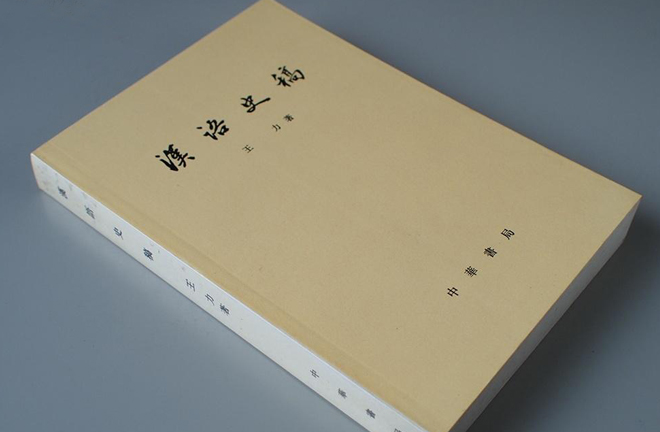New efforts to rejuvenate Chinese grammar history studies

Chinese grammar history studies date back to between the 1920s and 1930s in China. The efforts of several generations have led to fruitful achievements in team building, discipline construction and academic research within the studies. The application of new materials and methods has charted a new course in Chinese grammar history studies.
Shi Qin, a professor from the School of Chinese Language and Literature at Hubei University, said that Chinese grammar history studies aim to explore the special value of the discipline, which conforms to the prevailing practice of international linguistic circles.
“Compared with other popular languages, Chinese has special characteristics in grammar, largely linked with its evolutionary history. In other words, it is hard for one to truly understand the characteristics of grammar if one does not learn about its history,” said Shi, adding that literature can provide important references for studying the history of grammar of other languages with no or poor historical records.
Aside from their theoretical value, Chinese grammar history studies have significant application value. “Firstly, with the enhancement of China’s comprehensive national strength and its influence in the world, more and more people want to learn Chinese and the learning content inevitably involves the history of Chinese grammar. Secondly, the rapid development of modern techniques has also ushered in higher requirements to the studies, including computational linguistics facing the issue of how to deal with Chinese historical documents, which largely depends on the understanding of the evolution of Chinese grammar,” said Shi.
Feng Shengli, a professor at the Chinese University of Hong Kong, said that due to the development of theories and research methods of linguistics and sociolinguistics, Chinese grammar history studies have adopted a new tendency.
“For example, with the application of new theories and methods, scholars found that ancient Chinese used during and before the Western Han Dynasty (206 BC-AD 25) is comprehensive, whereas ancient Chinese used during and after the Eastern Han Dynasty (25-220), including modern Chinese, is analytic. Both [ancient and modern Chinese] have huge differences in grammar, vocabulary, tone and rhythm. It is therefore inappropriate to explore ancient Chinese language exclusively from an analytic perspective,” said Feng.
Yang Yonglong, a research fellow from the Institute of Linguistics at the Chinese Academy of Social Sciences (CASS), said that the perspective and objective of research have been changing in sync with the development of linguistic theories. Scholars used to discuss the change of Chinese grammar on the basis of comparing ancient and modern versions of the language, said Yang. However, he noted this research method is relatively limited and requires extending the research scope from the perspective of typology. Studying the development process of Chinese grammar in different periods is conducive to deeply analyzing and explaining grammatical phenomena, added Yang.
Yang said that due to China’s lack of a related conclusive writings after Chinese linguist Wang Li’s Manuscript of Chinese Language History, rewriting the history of Chinese grammar is an inevitable outcome, offering an opportunity to showcase recent research achievements to international linguistic circles.
Experts from the Institute of Linguistics at CASS, Chinese University of Hong Kong, Peking University and Hubei University have started to engage in the compilation of the dynastic history of Chinese grammar.
However, rewriting the history of Chinese grammar is undoubtedly a difficult task. Shi said that one of the main difficulties is the selection of materials. Studies of grammar depend on historical materials and it is challenging to find such useful materials from numerous ancient documents, said Shi, adding that it therefore requires selection of materials from the perspectives of epochal and regional characters as well as style feature.
Yang suggested setting up a macro framework that embraces a list of matters needing attention, and adjusting and perfecting it on the basis of cross-language and multi-perspective research concepts.
Hao Rihong is a reporter from Chinese Social Sciences Today.
